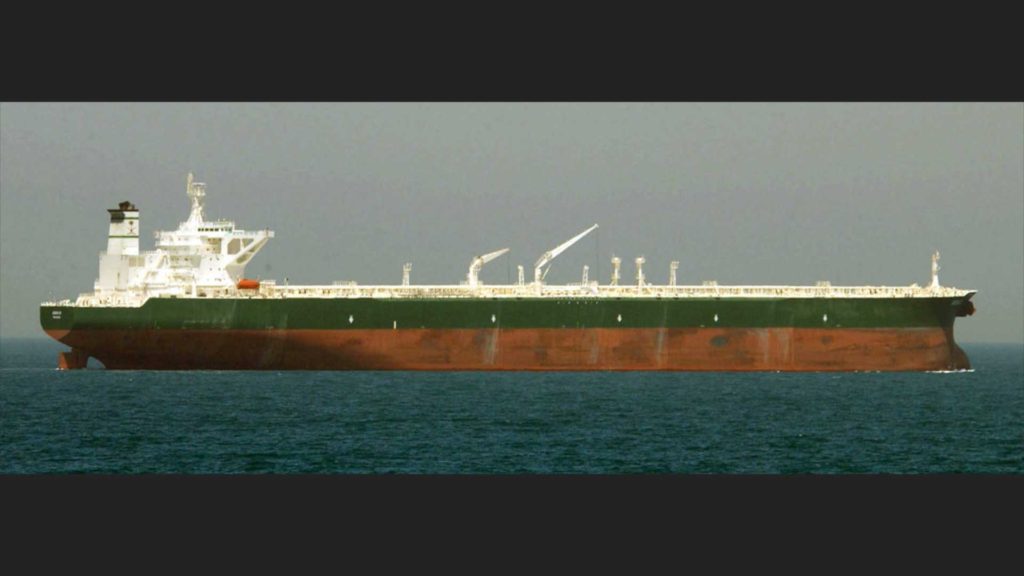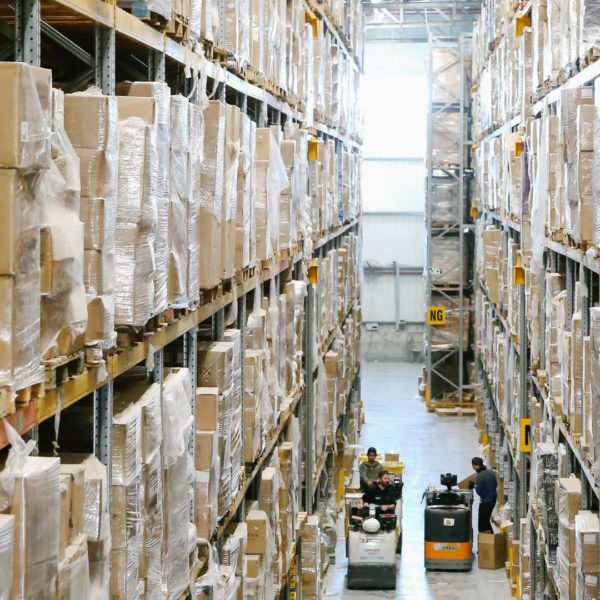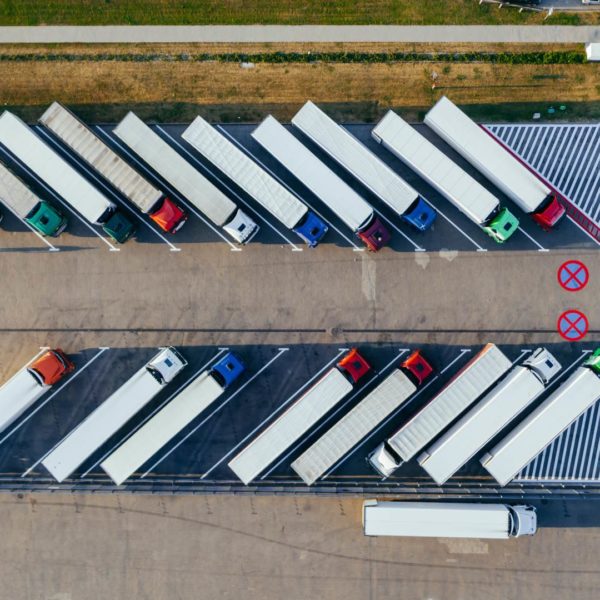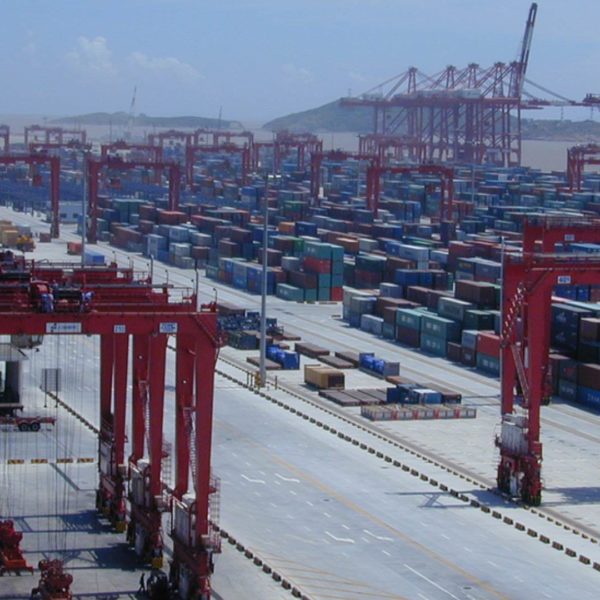The colonial pipeline shutdown has put gasoline supply chains in the forefront as many Americans see empty gas stations for the first time in years, and rapidly rising fuel prices.
How can one disruption cause such widespread shortages?
Gasoline supply chains start with oil production, which can be foreign or domestic. Foreign oil is typically transported to the US in enormous tanker ships carrying up to 270,000 tons of crude oil.
In 2020, the US produced around 11.3 million barrels of oil per day, and imported 7.8 million barrels of oil per day.
The US oil industry is a multi hundred billion dollar a year industry, that employs around 10 million people, or 5.6% of the entire US job pool.

Up Stream Supply Chain
Oil production varies, some off shore, some onshore, and each being susceptible to different types of disruption whether from hurricans other weather events. Imports also face potential discruptions from weather and the added political confrontations that can occur.
In the last few years, the US has actually exported more oil than it has imported.
Once the crude oil has been extracted from the ground or imported, it is carried by train or pipeline to a refinery which creates gasoline, diesel fuel and other petroleum products from the raw crude.
Mid Stream Supply Chain
This next phase of the oil and gasoline supply chain is known as mid stream and is the transport, storage and whole sale of crude oil products. Pipelines and transportation infrastructure are all considered mid stream.
Massive storage facilities are used to house and build up reserves of crude oil, which can then be accessed when needed and refined. These reserves are strategic in nature as well, since the US military depends on having fuel sources in order to operate. 714 million barrels of crude oil are held in reserve by the US DOE, which is a practice that dates back to the oil embargo of the mid 1970s. Some experts have argued that the US should also stockpile larger amount of aviation and refined fuels like gas, in case of a major disruption.
Oil Tankers
Tanker ships, just like rail and tanker trucks are designed for either crude oil or a refined product like diesel. Ships range in size from smaller vessels to the massive super tankers commonly seen. Each year super tankers move around 2 billion tons of oil. Fees charged by tanker range from 2 to 3 cents per gallon, which is very efficient, and only beated by the inherent efficiency of pipelines. While typically oil tankers are very safe, and the accident rate is very low, when accidents do happen they can be massive in scale. Around 6 million barrels per day tarel through the Suez Canal, 16-18 million per day through both the Strait or Hormuz and the Strait of Malacca. While around 2 million barrels per day are moved through the Panama Canal daily.

Tanker Trucks
As with all trucks in the US, 80,000 lbs is the max gross vehicle weight, typically tanker trucks have a capacity of 3,000 to 11,600 gallons depending on size. Again these can be designed for a variety of uses, smaller local oil distributors operate smaller 3 axles trucks while much of the fuel headed to gas stations and truck stops is moved in larger tractor trailer style tankers. Tanker trucks typically charge around $20 per barrel of oil in transport costs depending on route.
Railway Transport of Oil and Petroluem
In 2019 railroads hauled around 397,000 barrels per day, which equates to around 213,000 train car loads of curde oil for the year. This doesn’t include ethanol or other products, with ethanol adding another 320,000 carloads of freight per year.
With the adoption of DOT-111 and DOT -117 style tank cars, the safety of rail shipping crude has improved. These cars include more protection and shielding against puncture. Railway tank cars come in various sizes up to 33,000 gallons. With a single train having more than 100 cars, it’s easy to see how many gallons are transported by just one train. Compared with trucks, this type of transportation is 75% more energy efficient with it taking 3.5 or so trucks to move the same amount of cargo in one train car. In addition keeping the freight on trains reduces congestion and improves safety on highways. Much of the crude volume on US freight trains is coming from Montana, North Dakota and Canada which are a part of the Bakken formation.

Down Stream Supply Chain
135 oil refineries are currently operating in the US and spread across 30 states. With the most recently built oil refinery a facility in Texas that was finished in 2019. Refineries themselves can be shutdown due to mechanical failure, electrical or flooding problems.
Refined gasoline is then transported again by pipeline, barge or train to distribution centers where the gasoline is blended with ethanol and prepared for final delivery to gas station. The recent disruption has centered on this mid stream part of the industry. Ethanol is blended to around 10% of total volume at this stage.
Once refined gas has been blended, local trucks are used to transport the fuel to the underground storage tanks at gas station and truck stops, along with airports, and other facilities that provide fueling services.
The colonial pipeline
The colonial pipeline is over 5,000 miles long, and moves over 3 million barrels of refine petroleum products daily from the northeast to Texas. The pipeline carries a mix of gasoline, heating oil, aviation and other oil products to the south east. Around 40-45% of East coal gas, disel and jet fuel is moved to market through the pipeline.
The pipeline is 40 inches in diameter, fluids move at 3-5 mph, meaning it takes 14-24 days for gas to get from Texas to NY.
The pipeline experienced it’s recent 5 day shutdown due to a malware attack. This is being currently described as the most impactful malware attack to date on US soil, as many along the East coast and even in Washington DC saw rapid price increases or were unable to buy fuel. One news source reported that 65% of gas station in North Carolina were empty. Gasoline is also being bought from Europe to ease the supply crunch, but that requires ocean shipping across the Atlantic and will take some time.

Cyber attacks and ransom ware attacks will become both more guarded against and more common as a form of supply chain disruption. As more and more systems within a supply chain are increasinglying globalized and digitalized, they become more likely to be attacked. No doubt firms will only become increasingly careful about cyber security as more disruptions on this scale occur. Some reports are even suggesting that the Colonial Pipline paid the hackers nearly 5 million US dollars in crypto currency.
There are over 190,000 miles of petroleum pipelines in the US, construction cost estimates place a per mile cost between 1.5 and 3 million dollars per mile of pipeline laid. There’s an additional 1.6 million miles of gas pipelines, which includes the LNG line likely going into your apartment complex or house.
Zmodal is a top intermodal shipping company providing door-to-door intermodal, and full truckload services nationwide throughout our digital supply chain dashboard which provides easy route searching, booking, document management, and analytics. CONTACT US if you want to lower your supply chain costs or want access to North American intermodal capacity.



